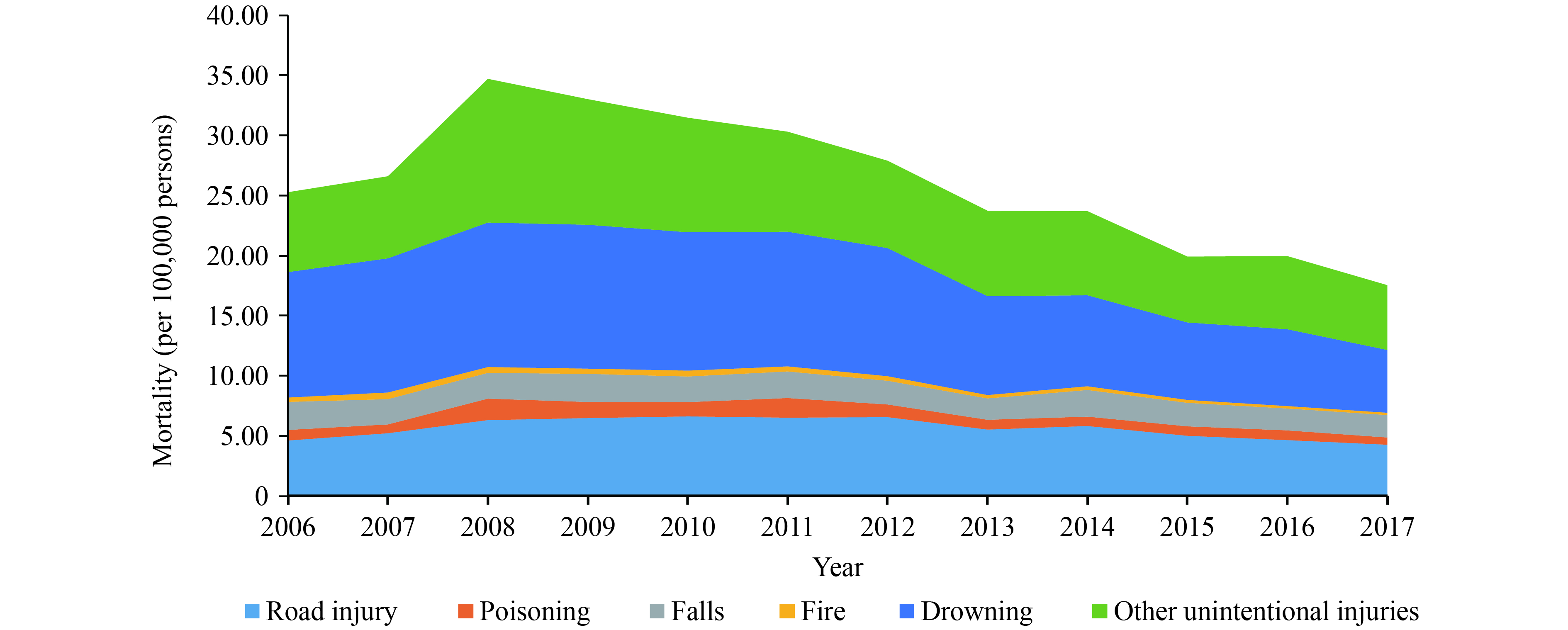2020 Vol. 2, No. 10
What is already known about this topic?
Hypertension has become a major public health problem worldwide because of its high prevalence and various complications, and it ranks the most important risk factor for cardiovascular diseases (CVDs).
What is added by this report?
The prevalence, awareness, treatment, and control of hypertension in the labor force population in 2015 in China were 21.4%, 26.1%, 19.6%, and 6.3%, respectively. Hypertension prevalence in the labor force population remains high and the control of hypertension is still very low.
What are the implications for public health practice?
Effective public health strategies targeting the labor force population, especially older adults, males, and overweight and obese participants are needed for hypertension prevention and control.
What is already known about this topic?
Unintentional injuries among children aged under five years is still a serious public health problem in China. Epidemiological characteristics of under-five unintentional injury are reported in single provinces and cities for China but not nationally based on the Disease Surveillance Points (DSPs) dataset.
What is added by this report?
Unintentional injury mortality rates for under-five decreased substantially between 2006 and 2017 in China, with the decrease occurring primarily for males and rural children. Children living in rural areas and males had higher unintentional injury mortality rates than children in urban areas and females. The major fatal types of under-five unintentional injury were drowning and road injury.
What are the implications for public health practice?
Further interventions need to be taken in accordance with the main types of unintentional injuries, especially effective prevention strategies used in other countries or recommended by the World Health Organization (WHO). Even with equal access to injury prevention and control services for different sexes, policy efforts should focus on higher-risk populations, especially children aged under five years who are males or reside in rural areas.
On July 15, 2019, the State Council of China issued new guidelines for the implementation of the country’s Healthy China Initiative (2019–2030) and for the promotion of population health across the nation. This article interprets Healthy Environment Promotion Campaign (HEPC) in the Healthy China Initiative from four main aspects—background, major indices, strategies, and features. Two outcome indices and four advocacy indices are proposed by the HEPC, and the strategies are mainly embodied at three levels: individual/family, society and government. The strategies have the following features: 1) the strategies are developed on the basis of scientific evidence; 2) the strategies advocate that citizens must be responsible for their own health; 3) the administrative impetus provided by the Chinese government to integrate health into all policies is an important driver for developing and implementing the HEPC; and 4) HEPC is not an isolated campaign, so it is necessary to coordinate all 15 campaigns in order to proactively and properly implement HEPC.



 Subscribe for E-mail Alerts
Subscribe for E-mail Alerts CCDC Weekly RSS Feed
CCDC Weekly RSS Feed